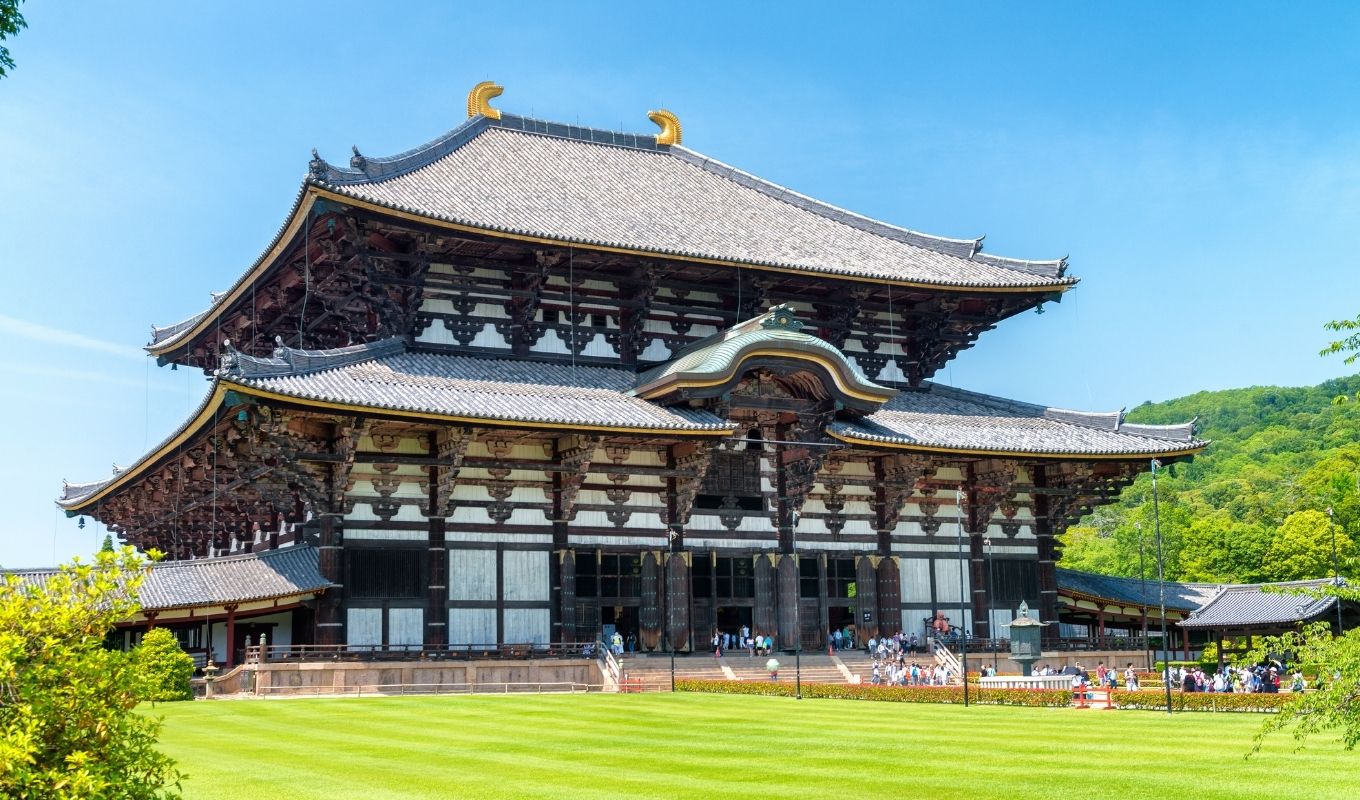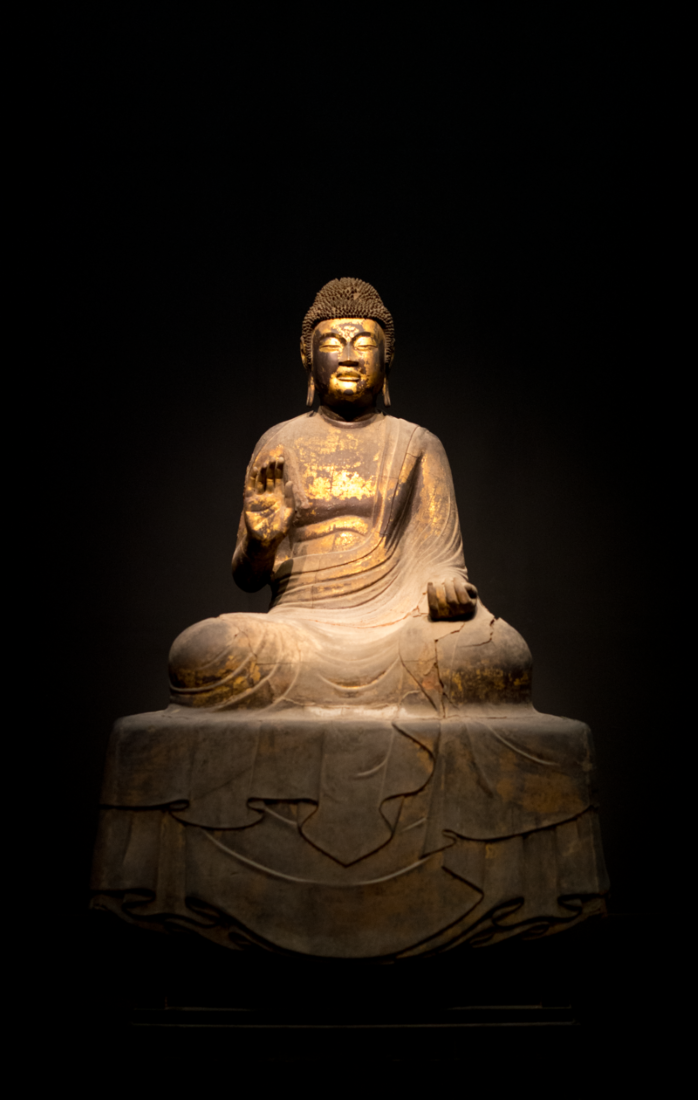The Nara period, which spanned from 710 to 794 AD, is considered one of the most significant eras in Japanese history. This period was marked by the establishment of a centralized government, the adoption of Chinese culture and Buddhism, and the development of a unique Japanese identity.

During this time, the capital of Japan was moved to Nara, which became the center of political and cultural activity in the country. The Nara period was characterized by the construction of massive temples and other religious structures, many of which still stand today and are designated as UNESCO World Heritage Sites.
The Nara period also saw significant advances in literature, art, and architecture. The emergence of Japanese literature, including the famous “Manyoshu” anthology, marked a turning point in Japanese culture. Art and architecture flourished during this time, with the creation of stunning sculptures, paintings, and buildings that continue to inspire artists and architects today.
Historical Background
The Nara Period, also known as the Tempyo Period, was a time of great change in Japan’s history. It spanned from 710 CE to 794 CE, and was named after the capital city of Nara, where the imperial court was during this time.
During the Nara Period, Japan was ruled by the Emperor and his court, which was made up of powerful aristocrats. The government was centralized, and the Emperor had absolute power. However, the real power was held by the Fujiwara clan, which controlled the imperial family and the government.
One of the most significant events of the Nara Period was the adoption of Chinese culture and Buddhism. Japan had already been exposed to Chinese culture through trade and diplomacy, but during the Nara Period, it was fully embraced. Many Chinese scholars and monks were invited to Japan to teach about Chinese culture, language, and religion.
Buddhism was also introduced during this time, and it quickly became the dominant religion in Japan. Many temples and shrines were built throughout the country, and Buddhism had a profound effect on Japanese art, literature, and philosophy. The Nara Period is also known for its art, particularly its Buddhist sculptures and paintings, which are considered some of the finest examples of Japanese art.
Culture and Society in the Nara Period
The Nara Period, which lasted from 710 to 794, was a time of great cultural and societal change in Japan. During this period, Japan underwent significant political and economic reforms that helped shape the country into what it is today. But it was also a time of great artistic and cultural flourishing, with many of the country’s most iconic art forms and traditions taking shape during this period.
One of the most significant cultural developments of the Nara Period was the establishment of Buddhism as a major religion in Japan. The religion had been introduced to Japan several centuries earlier, but it wasn’t until the Nara Period that it really took hold. Many of Japan’s most iconic temples and shrines were built during this period, including the famous Todai-ji temple in Nara, which is home to the largest bronze statue of Buddha in the world.
Another important cultural development of the Nara Period was the emergence of Japanese literature. Prior to this period, most written works in Japan were in Chinese, but during the Nara Period, Japanese writers began to create works in their own language. One of the most famous works of Japanese literature from this period is the Kojiki, a collection of myths and legends that helped shape Japan’s national identity.
The Nara Period was also a time of great artistic flourishing, with many of Japan’s most iconic art forms taking shape during this period. One of the most famous art forms from this period is the Buddhist sculpture, which was often highly detailed and ornate. Another important art form from this period was calligraphy, which was used to create many of the written works that emerged during this time.
Art and Architecture during the Nara Period

During the Nara Period, Japan experienced a cultural and artistic renaissance. The period saw the emergence of a distinctive Japanese style of art and architecture, which was heavily influenced by Chinese culture.
One of the most significant architectural achievements of the Nara Period was the construction of the Todai-ji Temple in Nara. This temple was the largest wooden building in the world at the time and housed a giant bronze statue of Buddha, which still stands today.
In addition to the Todai-ji Temple, many other important Buddhist temples and Shinto shrines were constructed during the Nara Period. These buildings were characterized by their use of wood and stone, as well as their intricate carvings and decorations.
The art of the Nara Period was also heavily influenced by Buddhism. Buddhist sculptures and paintings were popular during this time, and many of the most famous examples of Japanese art from this period are Buddhist in nature.

One of the most famous examples of Nara Period art is the statue of Yakushi Nyorai at the Yakushi-ji Temple in Nara. This statue is considered to be one of the finest examples of Buddhist sculpture in the world and is renowned for its intricate details and lifelike appearance.
Overall, the art and architecture of the Nara Period played a significant role in shaping Japanese culture and identity. The period saw the emergence of a unique Japanese style that was heavily influenced by Chinese culture and Buddhism, and many of the most important examples of Japanese art and architecture from this period still stand today.
Religion and Philosophy

The Nara period was a time of great religious and philosophical change in Japan. Buddhism was introduced to the country during the Asuka period, and by the Nara period, it had become one of the dominant religions. However, Shintoism, which had been the traditional religion of Japan, remained an important part of Japanese culture and society.
The Nara period saw the construction of many Buddhist temples and shrines, including the famous Todai-ji, which housed the Great Buddha statue. The spread of Buddhism also led to the development of new sects and schools, such as the Tendai and Shingon sects, which incorporated elements of esoteric Buddhism.
Philosophy also played an important role in Nara period Japan. Many scholars studied Confucianism and Taoism, which had been introduced from China. These philosophies emphasized the importance of social order and harmony, and their influence can be seen in the development of Japanese society during this period.
One of the most famous philosophers of the Nara period was Kukai, also known as Kobo Daishi. Kukai studied in China and brought back many of the teachings of esoteric Buddhism, which he used to develop the Shingon sect. He also wrote many important works on philosophy and language, and his influence can still be felt in Japan today.
Decline and Legacy
The Nara Period came to an end in the early 9th century, with the capital moving to Kyoto. The decline of the Nara Period was marked by a number of factors, including political instability, economic challenges, and social unrest.
One of the key factors contributing to the decline of the Nara Period was the growing power of regional lords, who began to assert their independence from the central government. This led to a weakening of the imperial court, and a loss of control over the provinces.
Another factor was the rise of Buddhism, which had become increasingly influential during the Nara Period. While Buddhism played an important role in shaping Japanese culture and society, it also created tensions with the traditional Shinto religion, and contributed to a sense of social and political unrest.
Despite these challenges, the Nara Period left a lasting legacy on Japanese history and culture. The period saw the development of a centralized government, the establishment of a national capital, and the introduction of Chinese culture and technology to Japan.
Perhaps most importantly, the Nara Period laid the foundation for the development of Japanese literature, art, and religion. Many of the great works of Japanese literature, such as The Tale of Genji, were written during this period, and the art of calligraphy and painting flourished.
In addition, the Nara Period saw the establishment of many of the key religious institutions that continue to shape Japanese society today, including Buddhism, Shinto, and Confucianism.
Overall, while the Nara Period was marked by its share of challenges and difficulties, it remains a critical period in Japanese history, and one that continues to shape the country’s culture and identity to this day.



